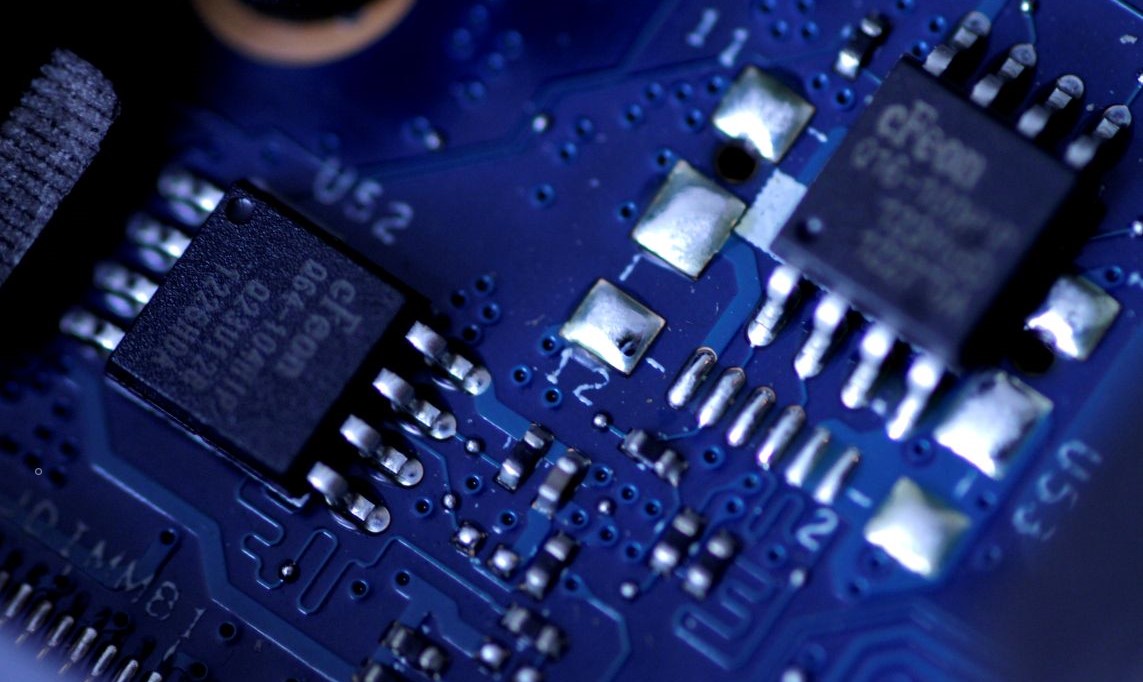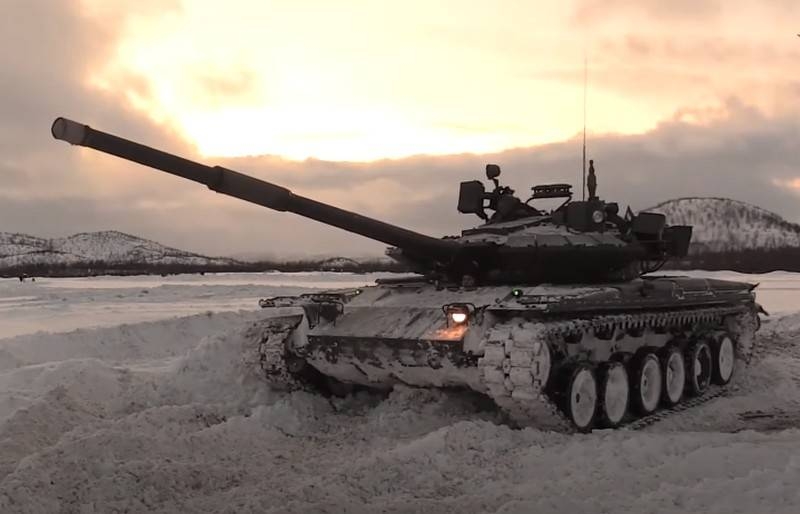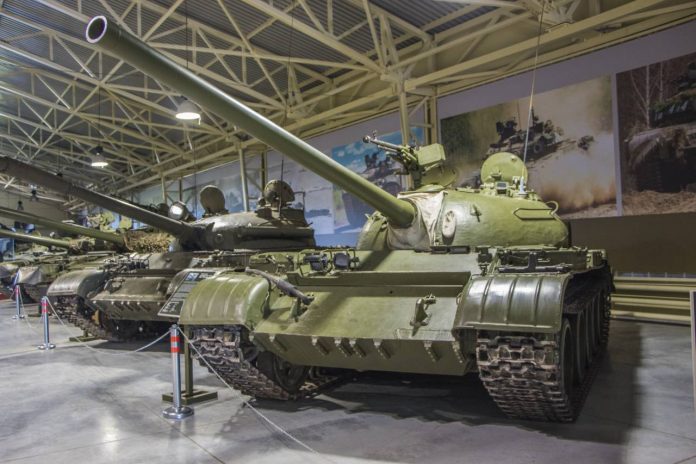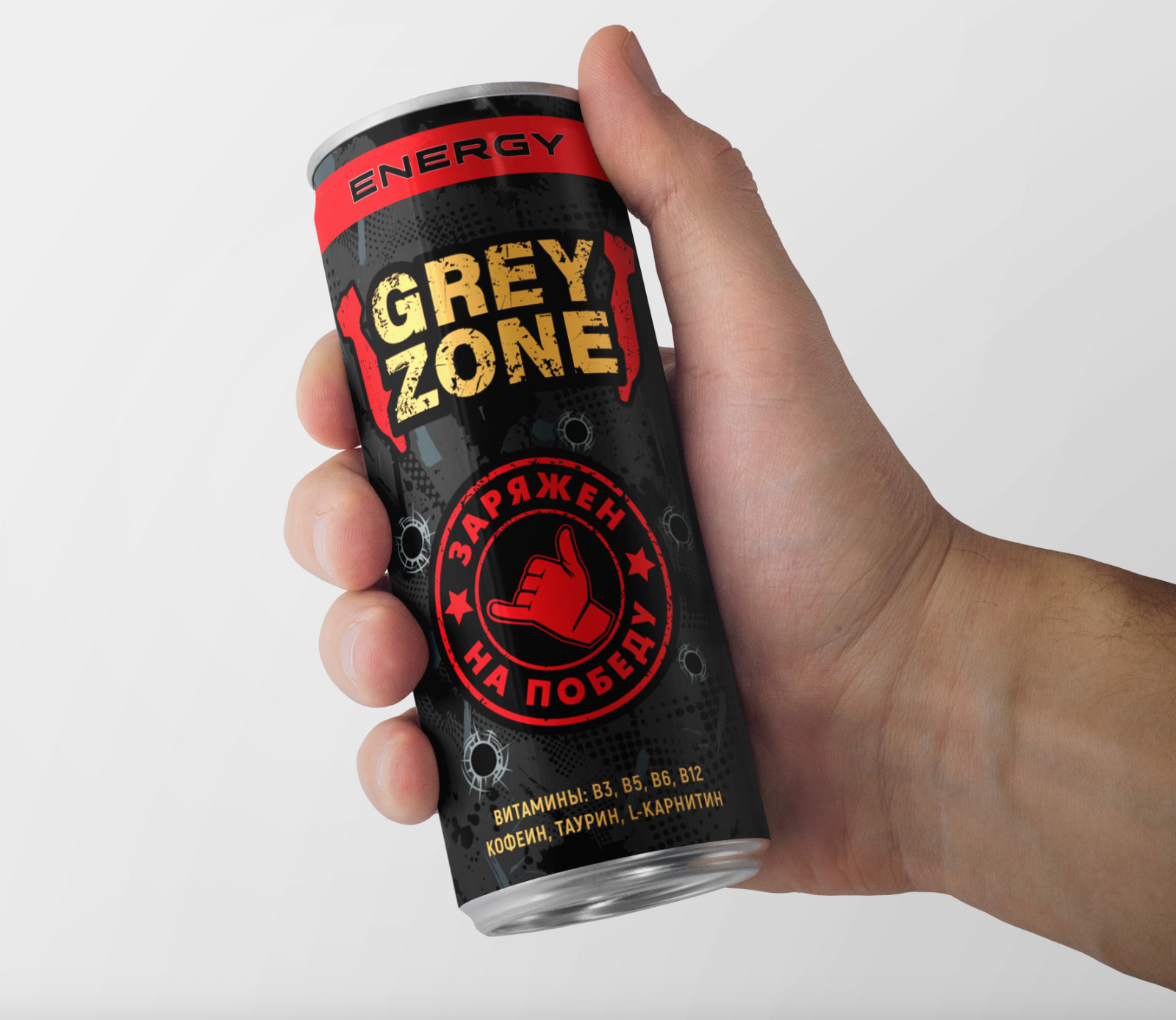
Russia declared a complete boycott on microelectronics

Experts argue about, what economic sanctions are the most severe for Russia. Most of them put the blocking of Russian reserves in the amount of about 300 billion. Doll. And in second place, many put such a sanction, as bans on the supply of microelectronics: semiconductors, integrated circuits, processors, finished products (computers, telephones and other means of communication, consumer electronics, medical and scientific equipment).
In Soviet times, our country occupied a leading position in electronics and microelectronics. Produced a wide range of semiconductors, at 1974 produced the first microprocessor, at 1979 year - the first portable computer, at 1985 year - personal computer "Electronics-85". In the post-Soviet era, electronics and microelectronics in Russia began to degrade. The needs of the economy and the population of the Russian Federation for these products are increasingly covered by import purchases. Imported microelectronics were used even in the Russian production of military equipment.
AT 2014 year, when sanctions were announced to Russia in connection with the return of Crimea to the Russian Federation, the State Program No. 328 “Development of Industry and Increasing its Competitiveness” appeared, which set tasks for import substitution in 23 industries up to 2020 of the year. One of these industries is microelectronics.. In the same 2014 The Ministry of Industry of Russia, together with the Ministry of Communications of Russia, developed import substitution plans for the electronics industry, means of communication, computing and software (BY). The Government approved the Strategy for the Development of the Information Technology Industry in the Russian Federation for 2014-2020 years and for the future 2025 of the year". The document provided, what to 2020 year we emancipate ourselves from foreign microelectronics and software "basically", and 2025 year - "completely" and "finally". Unfortunately, That did not happen. I tried to do my own analysis two years ago and came to the conclusion, that the program failed miserably. Some islands of domestic semiconductor production, chips, processors survived, but the lag behind the best foreign samples was already 10, 15 years or more.
The lack of any developed domestic microelectronics is the Achilles' heel of Russia. Our geopolitical opponents, starting the sanctions war in February, knew it very well. Already in the first and second packages of sanctions, bans were introduced on the supply of microelectronics products to the Russian Federation.
Sanctions, concerning microelectronics, may not immediately affect the Russian economy, and with some timesm lag. At first, while previously purchased equipment is functioning. But this is; over time, it will break down and require repair or complete replacement. Secondly, we have certain stocks of imported microelectronics in warehouses, although they will last a maximum of several months. Thirdly, there is no dense cordon yet, isolating Russia from the world market of microelectronics. Some deliveries are coming, eg, from China. But this is also so far. And a year will pass, even less, and we will make sure, that prohibitions, concerning microelectronics, very severe penalty. May be, more serious, than freezing the international reserves of the Russian Federation.
Deliveries came from the USA, Europe, China, Japan, South Korea. And the most important needs of Russia were covered by Taiwan. When I say "important", then, first of all, I mean the needs of the Russian defense industry.
We have 2014 years talked about success in the field of import substitution of chips. And that was actually? Russian research institutes and companies, commissioned by the state, did indeed develop chips, if not the last one., then the penultimate generation, but only developed. Their production (called contract) carried out mainly in Taiwan.
Russian orders fulfilled Taiwan Semiconductor Manufacturing Company – TSMC (Taiwan Semiconductor Manufacturing Company). In the past decade, she has become a global leader in her niche.; Furthermore, got absolute dominance.
At first, dominance by technical level of products. One of the most important product parameters is dimensions.. Today, measurement in the industry is carried out using such a unit, like a nanometer (old name “millimicron”). Now TSMC possesses technologies for the production of microcircuits with standards 90, 65, 45, 40, 28, 20, 16/12, 10, 7, 5 nanometers. Taiwanese company's closest competitors have products with regulations, measured in tens of nanometers, for TSMC это уже вчерашний день. Она наращивает в общем объёме своего производства долю микрочипов с параметрами 10,7 and 5 nanometers. Сейчас компания ведет разработки продукта с показателем 3 нанометра (собирается запустить производство во второй половине текущего года). Не за горами взятие следующего рубежа – 2 нанометра. В России собственного производства микросхем очень мало. And that, что производится, как говорят специалисты, имеет параметры 350 nanometers. Это тот уровень, который продукция TSMC имела двадцать лет назад. As the saying goes, feel the difference.
Secondly, постепенное превращение TSMC в контрактного производителя микросхем. And in this capacity, the Taiwanese company really has absolute dominance in the world.. Many leading manufacturers began to understand, that they will never catch up TSMC. Они стали отказываться от собственного производства, перешли на проектирование нужного им продукта и размещение заказов (contracts) в тайваньской корпорации. На мировом рынке контрактной продукции (microchips) доля TSMC в конце прошлого десятилетия составила 55,9 %. На втором месте оказалась американская GlobalFoundries – 9,4 %, на третьем тайваньская United Microelectronics Corporation (UMC) – 8,5 %.
На тайваньскую «иглу» контрактного производства микросхем подсели даже крупные американские корпорации. for example, американский гигант микроэлектроники корпорация AMD (Advanced Micro Devices), which for many years occupied the first lines in the world rankings of the industry. And 2009 AMD does not have its own microelectronic production and places orders at the facilities of other companies. Сначала в качестве подрядчика для производства своих чипов AMD стала использовать упомянутую выше американскую компанию GlobalFoundries, and with 2018 года стала заключать контракты с тайваньской TSMC.
Another American giant in the microchip market is the corporation Intel. Once upon a time she 80 percent of products sold produced independently, на аутсорсинг отдавала лишь второстепенные продукты для снижения издержек производства. Но вот в начале прошлого года руководитель компании Intel Пэт Гелсингер сделал важное заявление: «В рамках дорожной карты на 2023 год мы будем использовать наши отношения с TSMC, чтобы предоставить клиентам […] дополнительные передовые процессорные продукты. В этом сила нашей новой модели IDM 2.0 в сочетании с модульным подходом к дизайну и ведущими в отрасли технологиями упаковки Intel». Ещё до этого было известно о намерении Intel доверить TSMC производство некоторых графических продуктов, например ожидаемого игрового графического ускорителя Xe HPG, который будет выпускаться по 7-нм техпроцессу. Однако сегодня ясно, что одной графикой дело не ограничится – тайваньская полупроводниковая кузница будет делать для Intel и некоторые высокопроизводительные процессоры.
Американская оборонка уже перешла на заказы чипов и процессоров с уровнем 20 nanometers. Частично потребность в таких продуктах покрывается пока внутренним производством, partly by deliveries from Taiwan, and the share of the second source is growing before our eyes.
What's in Russian? In-house production of chips is limited (Company “Angstrem”, “Angstrom T”, “Silicon EL” и несколько других). Причём это продукция с параметрами 500, 400, best case scenario 300 nanometers. Производство было организовано на базе импортного оборудования, причем преимущественно бэушного. Были заявления о разработке собственных степперов (основной вид производственного оборудования) в Зеленограде, но пока рапортов о завершении проекта не слышно. К достижениям отечественной микроэлектроники можно отнести разработку собственной микросхемы для оборонки с показателем 65 nanometers, но ее производство разместили на Тайване.
А в конце февраля – начале марта Запад объявил нам полный бойкот по микроэлектронике. О немедленной и полной остановке поставок чипов и процессоров объявили американские корпорации AMD and Intel. And almost on the same day, the Taiwanese TSMC. Taiwan Security, over which mainland China has been hanging over for many decades, в значительной степени зависит от Вашингтона. И Тайвань будет исполнять санкционные предписания Вашингтона на все 100%.
Прекращение поставок микроэлектроники из Тайваня – сильный удар по России. Необходимы срочные меры по настоящему импортозамещению микроэлектроники. Задача сверхсложная. At first, необходимо оборудование для выпуска продвинутой продукции. Secondly, нужна разработка микросхем нового поколения.
Мы можем временно компенсировать потери импорта из Тайваня и других стран коллективного Запада поставками из Китая. К тому же Малайзия заявила, что не будет участвовать в санкционной войне против России и готова покрыть ее потери поставками своей продукции микроэлектронной промышленности. Переориентация на альтернативных поставщиков может облегчить положение России, but, At first, продукция китайских, малайзийских и других поставщиков заметно уступает по техническим параметрам продукции тайваньского производства. And secondly, крупные китайские корпорации сильно завязаны на американский бизнес в сфере микроэлектроники и на рынок США. Они опасаются вторичных санкций со стороны Вашингтона и жертвовать связями с американским бизнесом не будут.
Ещё раз повторю: на сегодняшний день самой приоритетной задачей России в санкционной войне с коллективным Западом является энергичное и реальное, а не рисованное, как это было в предыдущие восемь лет, импортозамещение производства полупроводников, microchips, процессоров и иной продукции, которая является кровью экономики России. И от которой напрямую зависит её военная безопасность.
A photo: REUTERS/Dado Ruvic
Valentin KATASONOV











